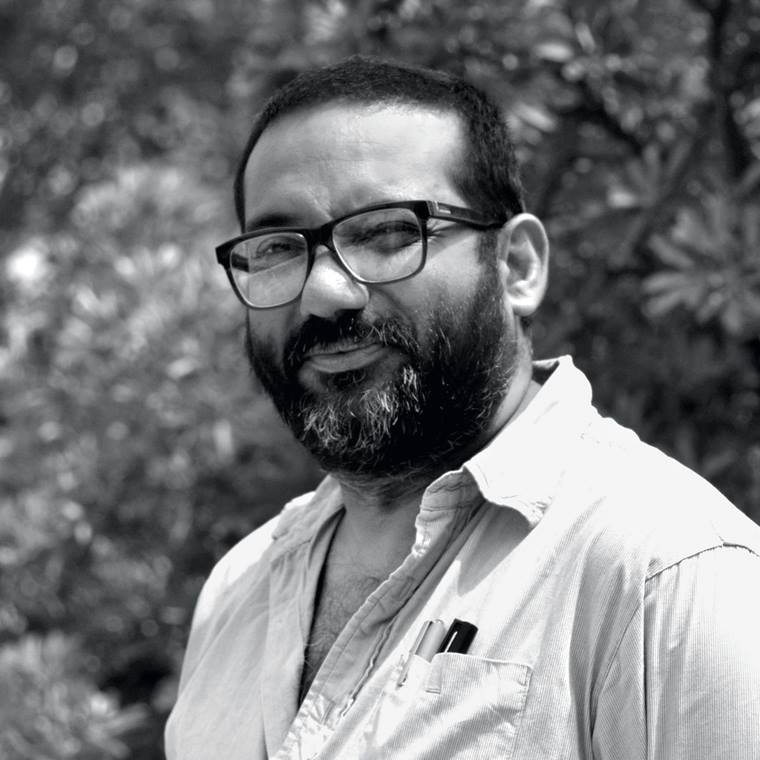Born in 1921 in Chittagong, Somnath Hore was an Indian sculptor & printmaker. Most of his works are the recreation of the incidents that happened in his life such as the Bengal famine of 1943 and the Tebhaga movement.
Somnath Hore lost his father in his early childhood and was schooled by his uncle. His artistic career was deeply influenced by his Communist Party association and its ideology. With the help of his affiliation with the Communist Party, he gained entrance to the Government Art College in Calcutta. There, he learned from Haren Das.
His sketches, sculptures, and prints were influenced by the historical crisis and in 1943 he did the visual reporting and documentation of Bengal famine for the Communist Party magazine Jannayuddha.

Career
At the Government College of Art and Craft Calcutta, he learned the methods of printmaking. He was one of the most sought-after printmakers in India By 1950. He had invented many printmaking techniques of his own i.e. pulp-print technique.
Hore was the head of the graphics and printmaking department of Santiniketan. He spent most of his life in Santiniketan where he taught at Kala Bhavan (art faculty of Visva Bharati University. There, he was a close associate of Ramkinkar Baij and K.G. Subrahmanyan.
In the 70s, he started making sculptures which were representing the agony of war, famine, and movements as well as they were the emblem of modern Indian art.
One of his most important sculptures mother and child was stolen and never found. It was a tribute to the sufferings of the people of Vietnam. According to the art historian R. Siva Kumar, Hore’s artworks are heroic in themselves while showing the suffering and pain of the people. When art was a plaything and it was merely a showpiece for the art galleries and collectors, Hore kept it near to his heart. He chose the quiet and heroic life; quiet because he was reluctant about talking about his art and himself and heroic because he took a stand against human sufferings.
Although Hore had experienced a lot of human sufferings visually i.e. revolt, Indian partition, famine, movements, migrations, etc. famine and peasant revolt had a special place in his artworks.
Style
His drawings and woodcuts show the influence of Chinese Socialist Realism and German expressionism. German printmaker Kathe Kollwitz and Austrian expressionist Oskar Kokoscha influenced him. With time his works become more simplified and shed details. Through this reduction, he created suffering figures with mastery of his lines. His sculptures too were showing the same approach as the artist. In the 1970s he created his exceptional paper-pulp series known as wounds, he achieved a unique and abstract form of artistic expression without losing his long-practiced humanism.

Vikash Kalra is a self-taught artist and writer based in New Delhi whose work has been exhibited across India and is held in several private and corporate collections.